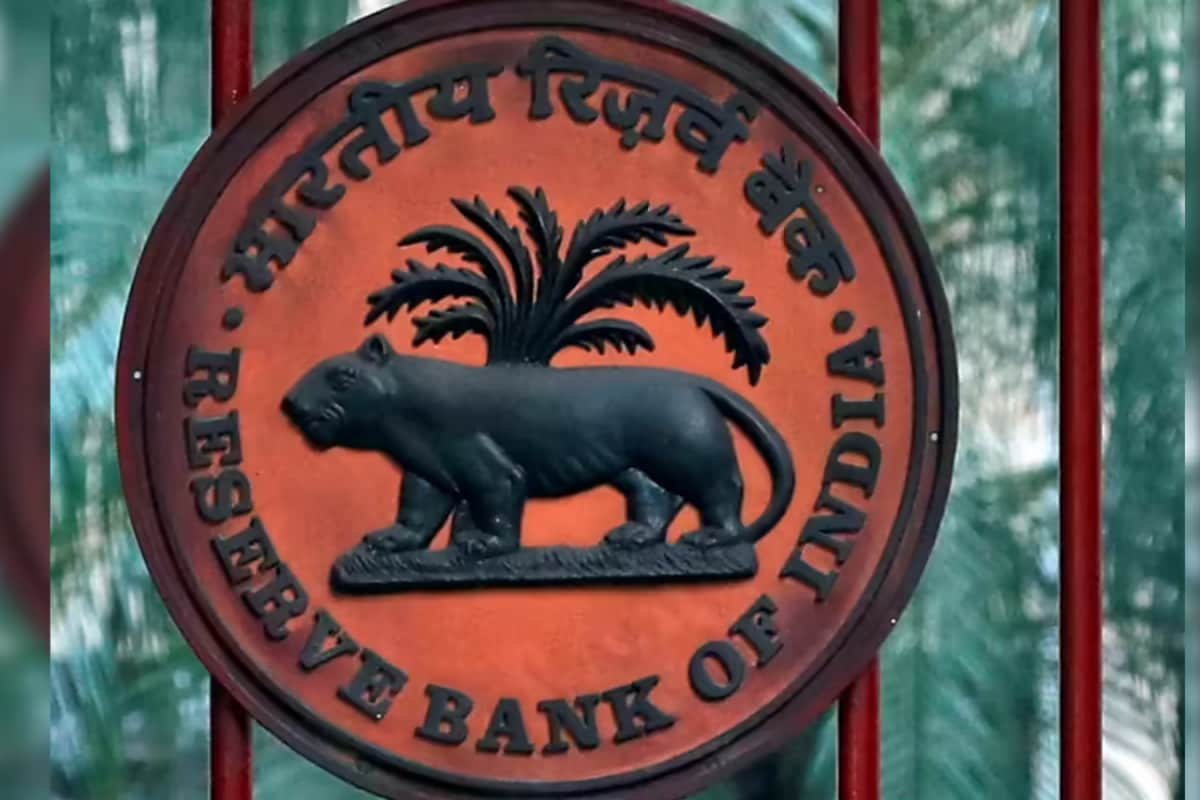

In its August 2025 monetary policy review, the Reserve Bank of India (RBI) has decided to keep the repo rate unchanged at 5.50%. The decision was made by the Monetary Policy Committee (MPC), led by RBI Governor Sanjay Malhotra, during its meeting held from August 4-6, 2025. All six members of the rate-setting panel voted in favor of maintaining the status quo on the interest rate.
This decision comes after the RBI already cut the key benchmark repo rate by 100 basis points (1%) between February and June of 2025. The current repo rate of 5.50% is the rate at which the Reserve Bank of India (RBI) lends money to commercial banks. The reverse repo rate, the rate at which the RBI borrows money from banks, remains unchanged at 3.35%.
The MPC has also decided to maintain its 'neutral' stance on monetary policy. This indicates that future policy actions will be data-driven, responding to evolving economic conditions rather than following pre-set expectations.
Several factors influenced the MPC's decision to hold the repo rate. India's retail inflation dropped to a six-year low of 2.10% in June, reinforcing the case for a neutral policy stance. Furthermore, the Indian economy has shown resilience, with GDP growing 7.4% in the first quarter of FY26.
The RBI has retained its real GDP growth projection for fiscal year 2025-26 at 6.5%. The quarterly projections are 6.5% for April-June 2025, 6.7% for July-September 2025, 6.6% for October-December 2025, and 6.3% for January-March 2026. The real GDP growth for Q1 2026-27 is projected at 6.6%.
However, the central bank has lowered its inflation forecast for FY26 to 3.1%, down from the 3.7% previously estimated in June. CPI inflation is projected at 2.1% for Q2, 3.1% for Q3, and 4.4% for Q4 of FY26. For the first quarter of 2026-27, the RBI projects CPI inflation at 4.9%.
Global factors also played a role in the MPC's decision. US President Donald Trump's warnings of additional penalties and higher tariffs may disrupt India's export push and also impact GDP growth in the short-term.
According to experts, keeping the repo rate unchanged is a prudent policy action given the current macroeconomic conditions, outlook, and uncertainties. A weakening Indian Rupee and narrowing global interest rate differentials have also reduced the scope for rate reduction.
The RBI's monetary policy impacts various aspects of the Indian economy. The repo rate is a key tool used by the RBI to manage liquidity and inflation in the banking system. Changes in the repo rate can influence borrowing costs for banks, which in turn affects interest rates on loans for consumers and businesses. A lower repo rate typically leads to lower interest rates on home, vehicle, and personal loans, making it easier for borrowers to repay their debts.